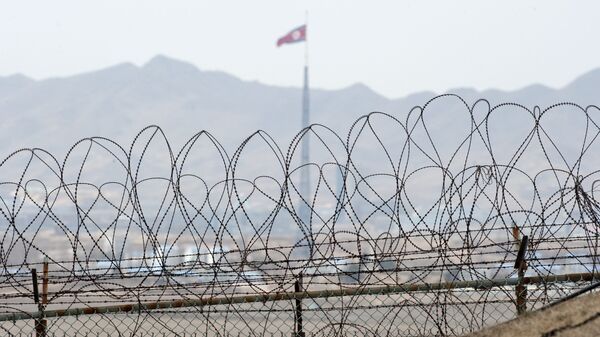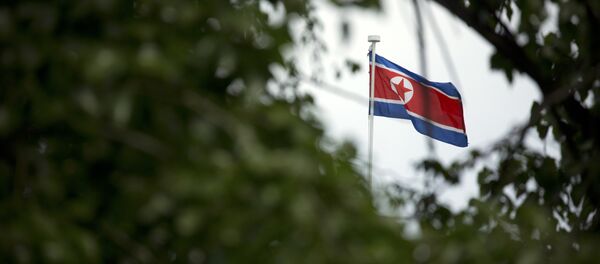The wooden box-type land mine was discovered on a small island along the maritime border. It was found by the South Korean navy during a sweep for just such weapons. A bomb squad disabled the mine, which was found to be intact and in working condition.
These wooden landmines are frequently washed south by heavy summer rains in the Korean Peninsula. South Korean military sources have accused the DPRK of intentionally placing mines in places where they know they will be washed to the south.
Wooden-box land mines were pioneered during the Second World War by the Nazi government in Germany, which developed land mines that could fool metal detectors. They came up with "shoe-box" mines, wooden cases filled with TNT that exploded when pressure was placed on them. However, they are prone to degrading as the wood rots and splits, eventually disabling (or sometimes detonating) the land mine.
The Soviet variant of the shoe-box, the PMD series, has been copied and purchased by dozens of countries. This includes North Korea, which has placed more than 1 million land mines along the DMZ, according to the United Nations.
The two Koreas are still technically at war with one another, 64 years after the signing of the armistice that ended active hostilities of the Korean War and established the DMZ.



